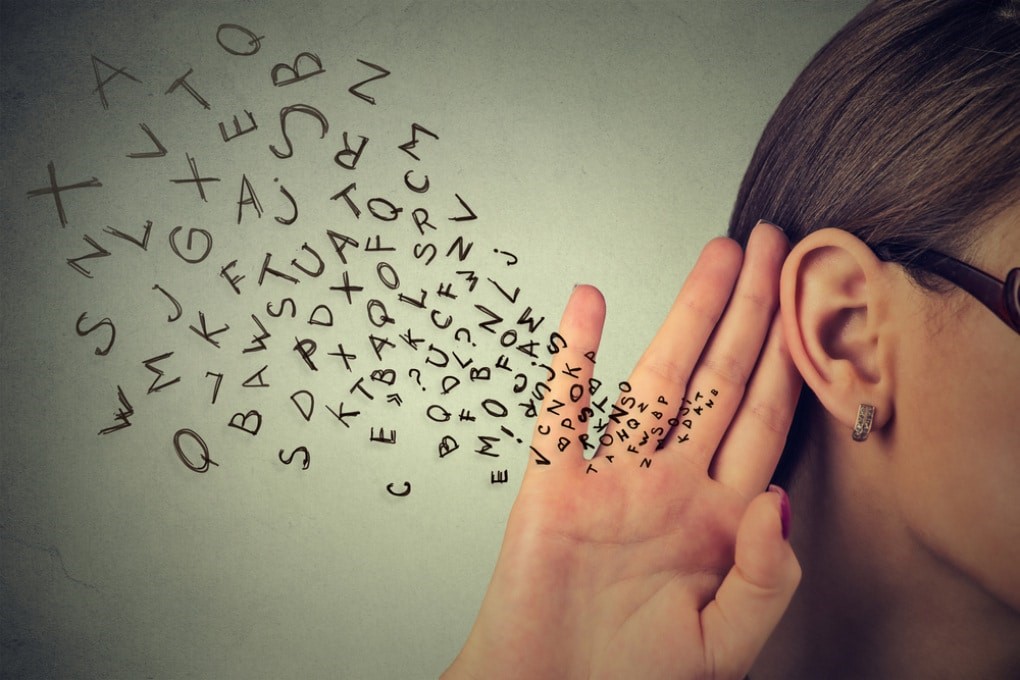
Deafness: diagnosis and treatment
Deafness is the total or partial loss of hearing and can be caused by a variety of factors. It can affect both adults and children and can be congenital or the consequence of diseases affecting the ear
What does deafness consist of
Deafness is the total or partial loss of hearing in one or both ears.
It is the final stage of many pathologies affecting the ear, so rather than therapy, it would be fair to speak of prevention towards the disorders that can cause this state.
Hearing loss: the causes
There are many causes that can lead to deafness and these can easily be grouped into two major categories
- conduction loss, due to ‘mechanical’ (sound conduction) problems: it is usually the case that the three ear ossicles (stirrup, anvil and hammer) are no longer able to send sounds to the cochlea, or that the tympanic membrane does not vibrate properly;
- nerve loss, due to a lack of or reduced function of the auditory nerve due to some injury.
While conduction loss is often reversible (i.e. it is possible, with appropriate treatment, to restore optimal hearing), nerve loss is a permanent condition.
The most frequent cause of hearing loss in children is ear infections
Other causes may be genetic or congenital (i.e., already present at birth), they may be of infectious origin (meningitis, measles, scarlet fever, otitis), of traumatic origin (perforation of the eardrum, skull fracture, barotrauma, acoustic trauma in general) or more simply linked to age or the type of work one does (the use of very noisy equipment, such as pneumatic hammers, for example, can cause deafness in the long run).
Temporary hearing loss, on the other hand, can be linked to allergies, infections, excessive production of earwax, head injuries.
Deafness, how it is diagnosed
The diagnosis of deafness, especially in newborns, must be as early as possible, as it is precisely in newborns that deafness can affect the child’s future development.
In adults, the first step will be an interview with the doctor (or ENT specialist), based above all on essential information about the patient’s deafness: whether it has affected both ears or only one of them, whether the condition is severe or moderate, how long the condition has been experienced, whether there are other symptoms, whether there is earache.
The interview is usually followed by a physical examination of the ears and, if the doctor deems it appropriate, some instrumental examinations, such as an MRI of the ears, a CT scan or X-ray of the skull, tympanometry and, above all, an audiometric examination.
An audiometric examination called “play audiometry” can be performed in children from 3 years of age. The little patient will be invited to play on a special tablet; based on his or her responses to the sound stimulus with play, it will be possible to derive the child’s audiometric threshold.
Treatment of deafness
There is still no treatment available for deafness due to permanent damage of the auditory nerve that can restore the integrity of the affected organ.
The only treatment for deafness currently available is cochlear implantation in infants or the use of ear prostheses in the external auditory canal.
Read Also:
Emergency Live Even More…Live: Download The New Free App Of Your Newspaper For IOS And Android
Benign Paroxysmal Positional Vertigo (BPPV): Causes, Symptoms And Treatment
Deafness, Therapies And Misconceptions About Hearing Loss
Tinnitus: The Causes And Tests For Diagnosis
112 SORDI: Italy’s Emergency Communication Portal For Deaf People
Inner Ear Disorders: Meniere’s Syndrome Or Disease


